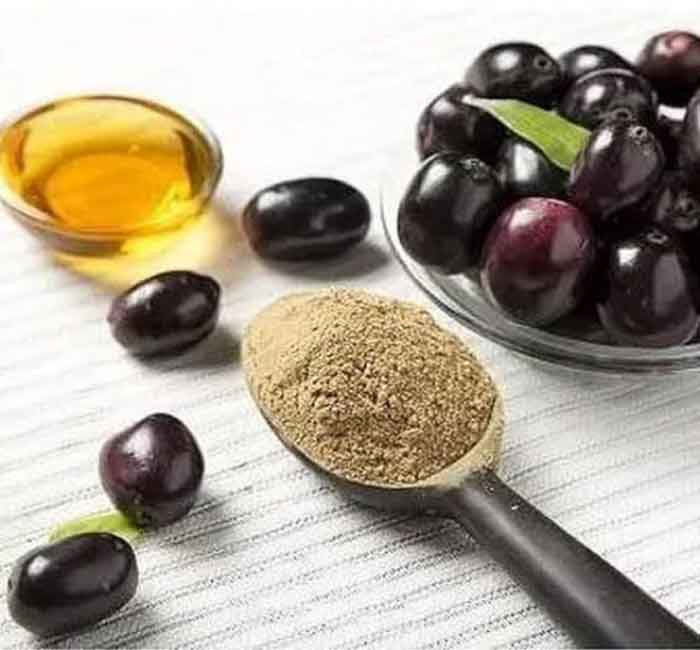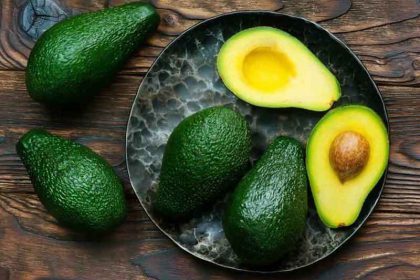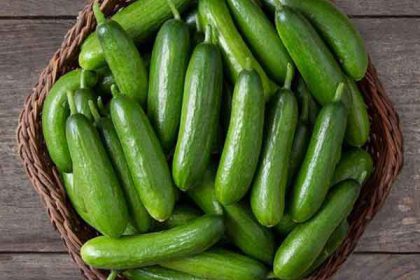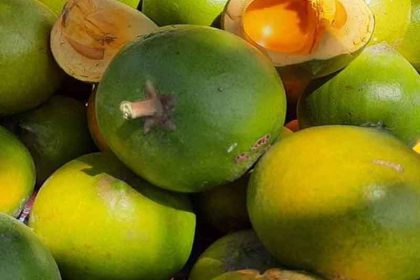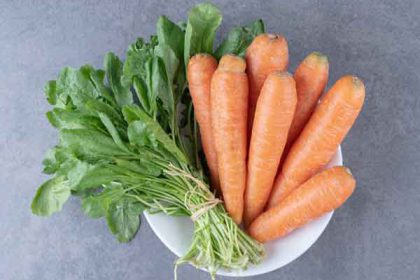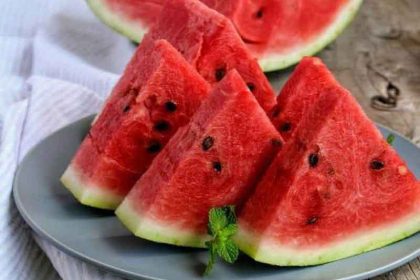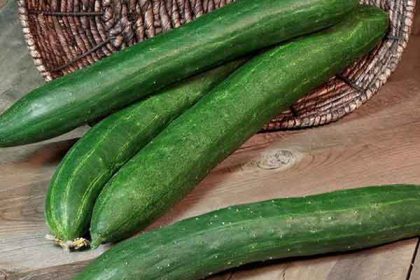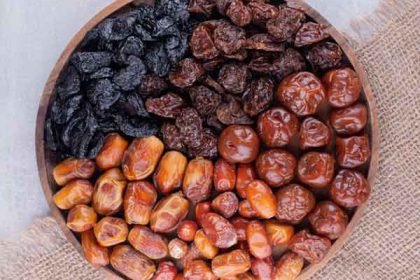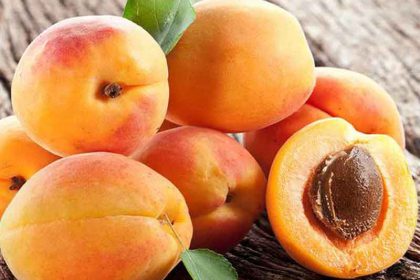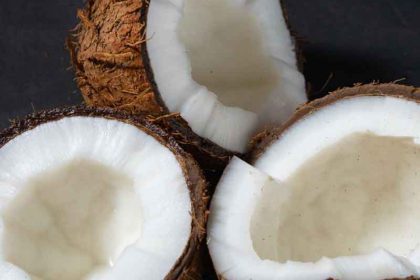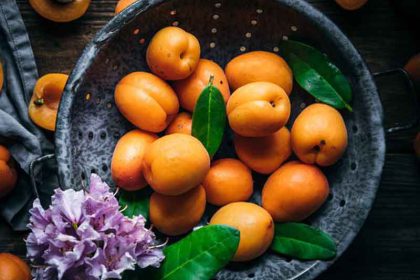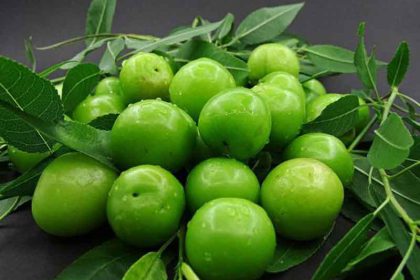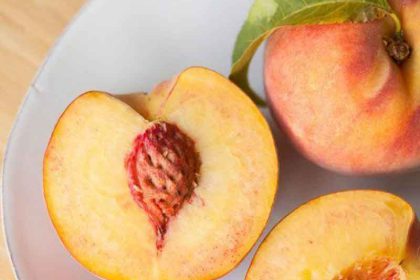jamun seeds powder benefits for diabetes
Jamun seeds powder benefits for diabetes
Jamun seeds powder benefits for diabetes on Nichooli site. We hope this article will be of interest to you.
Jamun seeds powder, derived from the seeds of the Jamun fruit, holds promise for managing diabetes due to its potential to regulate blood sugar levels, improve insulin function, and reduce the risk of complications associated with the condition. Rich in antioxidants, it also helps combat oxidative stress and inflammation. However, it’s essential to use it as a supplement alongside prescribed medications and under the guidance of a healthcare professional. Further research is needed to ascertain its full efficacy and safety for diabetes management.
Jamun seeds powder benefits for diabetes
Jamun seeds powder, derived from the seeds of the Jamun fruit (Syzygium cumini), has been traditionally used in Ayurvedic medicine for various health purposes, including managing diabetes. Here are some potential benefits of Jamun seeds powder for diabetes:
Blood Sugar Regulation: Jamun seeds contain compounds like jamboline and alkaloids, which may help regulate blood sugar levels by improving insulin sensitivity and promoting glucose uptake by cells.
Antioxidant Properties: Jamun seeds are rich in antioxidants, such as flavonoids and polyphenols, which help reduce oxidative stress and inflammation associated with diabetes and its complications.
Improved Insulin Function: Some studies suggest that Jamun seeds powder may enhance insulin secretion from pancreatic beta cells, leading to better glucose control in individuals with diabetes.
Reduced Risk of Diabetic Complications: By helping to regulate blood sugar levels and reducing oxidative stress, Jamun seeds powder may lower the risk of diabetic complications such as neuropathy, nephropathy, and retinopathy.
Weight Management: Jamun seeds powder may also aid in weight management, as it can help control appetite and reduce food cravings, which is beneficial for individuals with diabetes who need to maintain a healthy weight.
Familiarity with other properties of Java plum
We have prepared this section for you to learn more about benefits of Java plum.
Java plum fruit benefits
Java plum, also known as Syzygium cumini, is a fruit that is known for its various health benefits. Here are some of the potential benefits of consuming java plum fruit:
Rich in antioxidants: Java plum fruit is a rich source of antioxidants, which can help protect the body against damage caused by free radicals. Antioxidants may also help reduce the risk of chronic diseases such as cancer, heart disease, and diabetes.
May help regulate blood sugar: Java plum fruit has been shown to have antidiabetic properties and may help regulate blood sugar levels. It is a low-glycemic index fruit, which means that it releases glucose slowly into the bloodstream and may help prevent spikes in blood sugar levels.
May improve digestion: Java plum fruit is high in dietary fiber, which can help improve digestion and prevent constipation.
May boost immunity: Java plum fruit is rich in vitamin C, which is a powerful antioxidant that may help boost the immune system and reduce the risk of infections.
May promote healthy skin: Java plum fruit is a good source of vitamin C, which is important for the production of collagen, a protein that is essential for healthy skin. The fruit is also rich in antioxidants, which may help protect the skin against damage caused by free radicals.
May improve heart health: Java plum fruit is low in fat and sodium and high in potassium, which may help lower blood pressure and reduce the risk of heart disease.
Overall, java plum fruit is a nutritious fruit that may offer several health benefits. However, more research is needed to fully understand the potential health benefits of this fruit.
Java plum side effect
Java plum, also known as Syzygium cumini, is generally considered safe for consumption when consumed in moderate amounts. However, excessive consumption of java plum fruit may lead to certain side effects, such as:
Hypoglycemia: Java plum fruit has been shown to have antidiabetic properties and may help regulate blood sugar levels. However, consuming too much java plum fruit may lead to a sudden drop in blood sugar levels, especially in people with diabetes.
Allergic reactions: Some people may be allergic to java plum fruit and may experience symptoms such as itching, hives, and swelling.
Stomach upset: Consuming too much java plum fruit may cause stomach upset, such as nausea, vomiting, and diarrhea.
Interference with medication: Java plum fruit may interact with certain medications, such as antidiabetic medications, and may interfere with their effectiveness.
Tooth decay: Java plum fruit is acidic and consuming too much of it may lead to tooth decay and erosion of tooth enamel.
It is important to consume java plum fruit in moderation and to consult a doctor if you experience any adverse effects after consuming it.
Java plum Florida
Java plum, also known as Syzygium cumini, is not commonly grown in Florida due to its tropical nature. While it can tolerate some cold temperatures, it prefers a warm, humid climate and is typically found in tropical and subtropical regions. However, it may be possible to grow java plum in certain parts of Florida, such as in southern parts of the state or in protected areas. Before planting java plum, it is important to research the specific growing requirements and to consult with local experts or agricultural extension agents to determine if it is suitable for your area.
java plum leaves tea
Java plum, also known as Syzygium cumini, leaves are used to make tea in some cultures, as they are believed to have medicinal properties. To make java plum leaf tea:
Collect fresh java plum leaves and wash them thoroughly.
Boil a pot of water.
Add the washed java plum leaves to the boiling water.
Reduce the heat and let the leaves simmer for about 5-10 minutes.
Strain the tea and discard the leaves.
Sweeten the tea with honey or sugar, if desired.
Serve the java plum leaf tea hot or cold.
Java plum leaf tea is believed to have several health benefits, such as improving digestion, lowering blood sugar levels, and promoting heart health. However, it is important to consult with a healthcare provider before using java plum leaves or any other herbal remedies for medicinal purposes.
Java plum tree
The Java plum tree, also known as Syzygium Cumini, is a tropical evergreen tree that belongs to the Myrtaceae family. It is native to India but is now widely cultivated in tropical and subtropical regions of the world, including Southeast Asia, Australia, and South America.
The tree can grow up to 30 meters in height and has a dense canopy with dark green, glossy leaves that are elliptical in shape. The tree produces small, fragrant, white, or pink flowers that give way to oval-shaped fruit, which is commonly referred to as java plum or Jamun. The fruit is initially green but turns dark purple or black when fully ripe.
Java plum trees are valued for their fruit, which is edible and has a sweet, tangy flavor. The fruit is commonly used to make jams, jellies, and other desserts. It is also eaten fresh and is a good source of several nutrients, including vitamin C, potassium, and iron.
In addition to its fruit, the java plum tree is also valued for its wood, which is hard and durable. It is used to make furniture, tool handles, and other products. The bark of the tree is used to make tannins, which are used in the leather industry.
Java plum trees are also commonly used for landscaping purposes due to their attractive foliage, flowers, and fruit. They are planted in parks, gardens, and along roadsides for their aesthetic appeal.
Java plum tree roots
Java plum, also known as Syzygium cumini, is a tree with a shallow root system. The roots of the java plum tree tend to spread outwards rather than deep into the soil, and they can be quite extensive, covering an area much larger than the tree’s canopy. This shallow root system can make the tree susceptible to uprooting during strong winds or heavy rains, especially in loose or poorly-drained soils. It is important to consider the potential root growth of the java plum tree when planting it near buildings, sidewalks, or other structures to avoid any potential damage from the roots. Additionally, regular pruning and root maintenance may be necessary to keep the tree healthy and prevent any issues with the roots.
Java plum tree height
Java plum, also known as Syzygium cumini, is a tropical evergreen tree that can grow up to 30 meters (about 98 feet) tall in its native range. However, the height of the tree can vary depending on growing conditions, such as soil quality, water availability, and pruning practices. In cultivation, java plum trees are often kept smaller, usually around 10-15 meters (about 33-49 feet) tall, to make fruit harvesting and tree maintenance easier.

